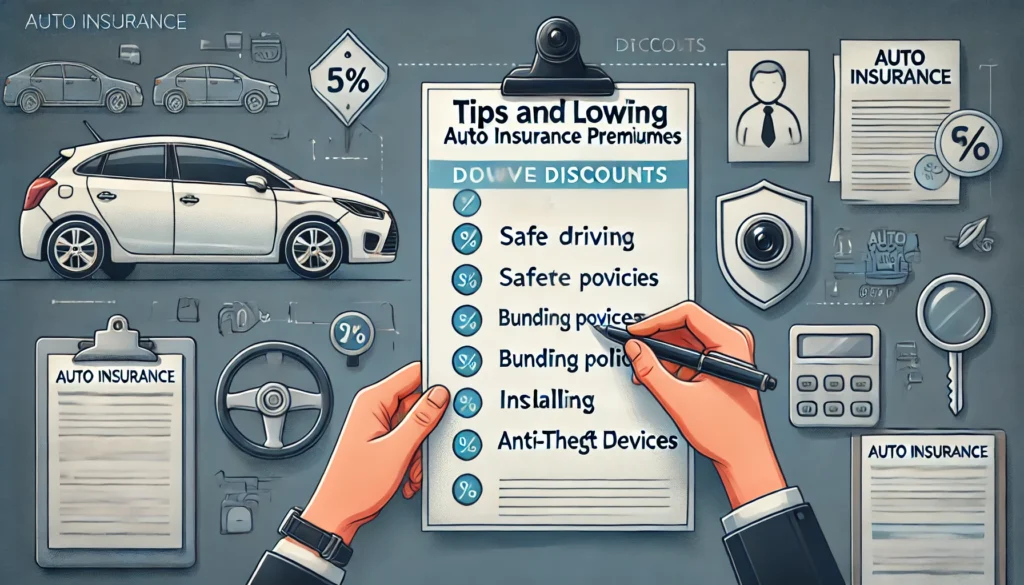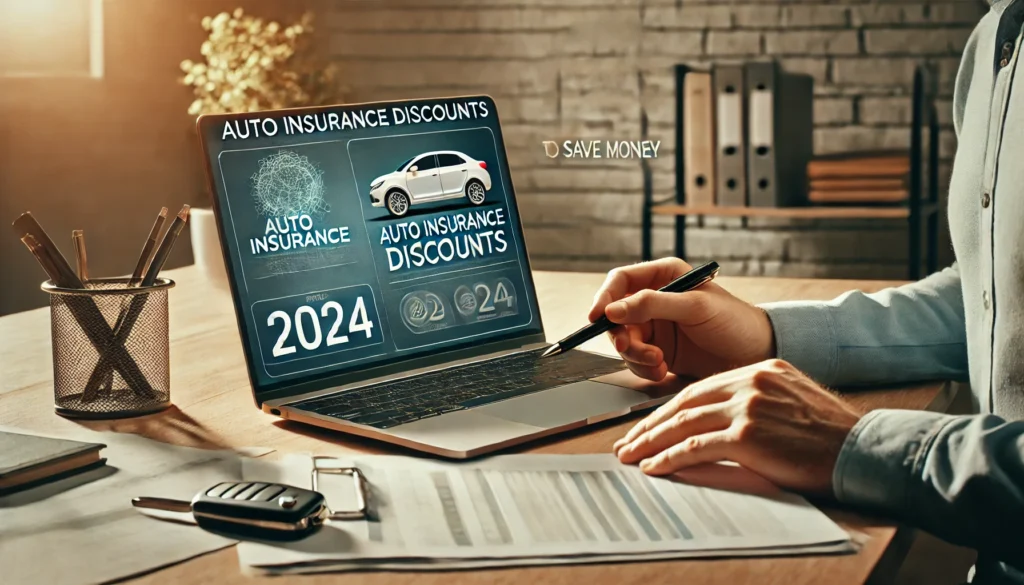17. The Impact of Credit Scores on Auto Insurance Rates
- Understanding Credit-Based Insurance Scores: Explain what credit-based insurance scores are and how they differ from traditional credit scores.
- How Credit Scores Affect Premiums: Discuss how insurers use credit scores to assess risk and how this can impact premiums for young drivers.
- Improving Your Credit Score: Provide actionable tips for young drivers to improve their credit scores, including paying bills on time, reducing debt, and checking for errors on credit reports.
- The Debate on Fairness: Address the ongoing debate regarding the fairness of using credit scores in determining insurance rates and the push for regulatory changes.
- Consulting with Financial Advisors: Encourage young drivers to seek advice from financial professionals on managing credit responsibly to benefit their insurance costs.
18. Engaging with Insurance Providers
- Building a Relationship with Your Insurer: Discuss the benefits of developing a good relationship with your insurance provider, including personalized service and better support during claims.
- Asking Questions: Highlight the importance of asking questions about coverage options, discounts, and claims processes when engaging with insurance representatives.
- Staying Informed About Policy Changes: Encourage young drivers to stay in touch with their insurers to remain informed about policy updates, available discounts, and changes in terms.
- Utilizing Customer Service Resources: Discuss the various customer service resources available through insurers, including online chat, phone support, and mobile apps.
- Providing Feedback: Encourage young drivers to provide feedback on their experiences with insurers, which can help improve services and inform other consumers.
19. Understanding the Claims Process
- How to Prepare for Filing a Claim: Discuss the steps young drivers should take to prepare for filing a claim, including gathering evidence and understanding policy requirements.
- Documentation Needed for Claims: Provide a detailed list of documentation that may be required when filing a claim, such as photos of the damage, police reports, and repair estimates.
- Common Challenges During Claims: Highlight common challenges young drivers might face during the claims process and how to navigate them effectively.
- The Importance of Follow-Up: Explain the importance of following up with the insurance company after filing a claim to ensure it is processed smoothly.
- Learning from the Claims Experience: Discuss how experiencing a claim can help young drivers learn more about their coverage and improve their future insurance decisions.
20. Future Trends in Auto Insurance for Young Drivers
- The Rise of Usage-Based Insurance: Discuss how usage-based insurance is becoming more popular, especially among young drivers who may not drive often or have safe driving habits.
- Technological Innovations: Highlight the role of technology in shaping auto insurance, including telematics, mobile apps, and online policy management.
- Shifts in Consumer Preferences: Explore how young drivers’ preferences for flexibility and customization in policies are driving changes in the insurance industry.
- The Role of Artificial Intelligence: Discuss how AI is being used to enhance underwriting processes and improve the accuracy of risk assessments for young drivers.
- Sustainability in Auto Insurance: Address the increasing focus on sustainability in the auto insurance industry and how it may impact policy offerings and rates for environmentally conscious young drivers.
Final Conclusion
Securing the best rates on auto insurance as a young driver is a vital step toward ensuring financial stability and peace of mind while navigating the roads. This comprehensive guide has provided insights into the many factors that influence auto insurance rates, including coverage options, personal habits, and the importance of understanding the claims process.
By taking proactive measures such as shopping around for quotes, leveraging discounts, and maintaining a good driving record, young drivers can effectively manage their insurance costs. Understanding the implications of credit scores, engaging with insurance providers, and staying informed about policy changes are crucial strategies that will empower young drivers to make the most informed decisions.
As the insurance landscape continues to evolve with advancements in technology and changing consumer preferences, staying adaptable and informed is essential. The future of auto insurance promises innovative options and more tailored solutions for young drivers, allowing for greater flexibility and potentially lower costs.
Ultimately, investing time in understanding your auto insurance needs, exploring all available options, and making informed choices will lead to significant savings and enhanced safety on the road. Embrace this opportunity to secure the best rates, protect yourself and your vehicle, and drive with confidence knowing you have the right coverage in place. Your journey starts now—take action, stay informed, and enjoy the road ahead!





